TECH TUESDAY: The challenge Austin presents for Red Bull – and the sliver of hope it gives McLaren and Ferrari

.webp)
Although the tyres are unlikely to make headlines around Austin this weekend in the way they did at Qatar last time out, they will probably be every bit as crucial in determining the order.
The layout and surface of the Circuit of The Americas (COTA) places a very specific combination of demands upon the tyres – and some cars tend to resolve the conflict of these demands better than others.
Next Up
Related Articles
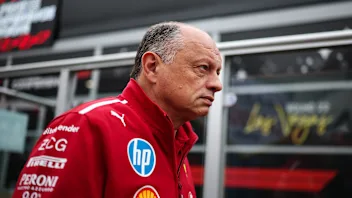 Vasseur says he misjudged impact of switching focus to 2026
Vasseur says he misjudged impact of switching focus to 2026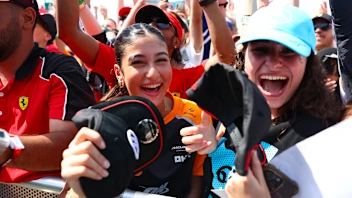 Formula 1’s record-breaking 2025 season in numbers
Formula 1’s record-breaking 2025 season in numbers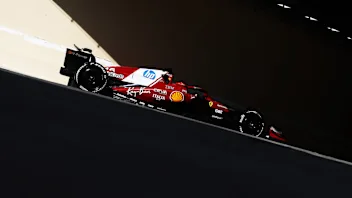 Ferrari confirm launch date for 2026 campaign
Ferrari confirm launch date for 2026 campaign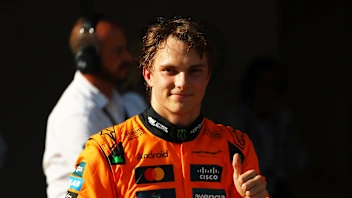 Piastri reveals lessons that will ‘only make me stronger’
Piastri reveals lessons that will ‘only make me stronger’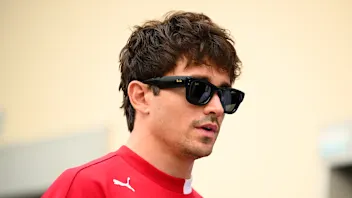 Leclerc calls Ferrari’s focus shift to 2026 a ‘no-brainer’
Leclerc calls Ferrari’s focus shift to 2026 a ‘no-brainer’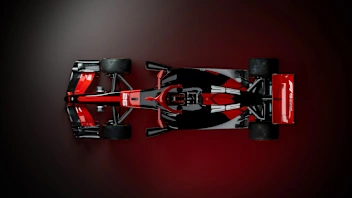 Everything you need to know about F1's new rules for 2026
Everything you need to know about F1's new rules for 2026
